I’ve fallen in love with history since I was a child. As you may have noticed in past features and reviews, whether it’s Total War: Three Kingdoms or anything from Paradox Interactive, strategy games tend to bring together that innate love of history and gaming. That brings me to this review of Steel Division 2 from developer Eugen Systems. Set during World War II at the beginning of Operation Bagration (June 1944), Steel Division 2 looks promising at first. Unfortunately, like Barbarossa which occurred three years prior, it simply ground to a halt as things progressed.
Note: We also have a technical review which goes more in-depth with Steel Division 2’s graphics, performance, and various settings.
What In Bagration?
Operation Bagration (June 22, 1944, to August 19, 1944) is the sole focus of Steel Division 2. Whereas its predecessor Steel Division 1944 focused on the D-Day landings in Normandy, this sequel takes place entirely on the Eastern Front, looking at the Red Army’s attempts to retake Belarus.
It’s almost fitting that Steel Division 2 releases this week, as it’s also the 75th anniversary of the Soviet offensive. In those summer months in 1944, the Soviets were able to push the Nazis out of their former territories, reaching the borders of Poland and crushing Germany’s Army Group Center in the process.
Game Modes
Steel Division 2 has several notable game modes which we’ll briefly discuss in this review:
Skirmish – This is essentially the main fixture from the prior Steel Division game. You can choose from various maps, pitting yourself (with or without an ally) against an AI opponent. You could even have options where it’s Axis vs. Axis or Allies vs. Allies.
Historical Battles – There are six historical battles in Steel Division 2, all of which depict the struggles during Operation Bagration. In these conflicts, you’ll have premade teams with certain scripted moments. In one example (Terminus Krupki), you’ll have to capture a lightly defended railway station. Minutes later, reinforcements would suddenly pour in.
Army General Mode – Touted as Steel Division 2’s “new single-player campaign,” Army General Mode allows you to choose from several key moments during Operation Bagration. You’ll have to manage your troops arrayed against opposing forces on a tactical map. Think of it as something akin to Slitherine’s Panzer Corps games since you and the AI take turns moving your units and attacking. The difference here is that you can either autoresolve it like a board game, or you can turn it into a skirmish match.
Multiplayer – Steel Division 2 also has multiplayer matches (something I wasn’t able to try out for this review). You’ll have to create a Eugen Systems account though. The developers have also noted that there would be certain improvements to the game’s multiplayer during their Reddit AMA.
Other Features
Steel Division 2 is also packed to the brim with additional features, perfect for the history nerd and armchair general. In the Divisions menu, you can take a look at premade, historical divisions from the Soviet Red Army, Nazi Germany’s panzer groups, and support battalions from the UK, USA, Hungary, and more.
There’s also an Armory menu which lets you view all the units in the game. There are roughly 600 of these according to the developers.
Point A To Point B
You might be wondering, with all these features and content, Steel Division 2 should fare extremely well, yes? Sadly, it’s not quite what I expected. Keep in mind, I’m someone who’s familiar with the real-time strategy genre and I’ve been playing games of this sort for decades. There was something which just kept me detached and unengaged while playing Steel Division 2.
Part of it was due to the sheer scale of each battle. Maps are ginormous and you’re expected to field dozens or hundreds of units and their reinforcements as you go along. The downside? Combat becomes bogged down to the point that I kept asking myself what the hell was going on. Sure, chaos is expected in warfare, but a game’s own mechanics need not be confusing. The lack of a proper tutorial might easily turn off newcomers to the series as well.
In most skirmish matches I’ve played, I just decided to go for the most basic approach — tanks and tank destroyers. I’d capture a point on the map and hold it, all while waiting for the AI’s troops to trickle in. I’d turn the area into a kill zone. Then, I’d send infantry reinforcements to the next control point and I’d move from there. If I see an opening, I’d exploit it. It’s mobile warfare 101.
The problem was that every battle in Steel Division 2 devolved into this process that it became plainly bland and boring within a few hours. It felt less like a thoroughly engaging strategy game and more like a “click-fest.” You’re just rushing to get as many units to a certain point, and then to the next one — lather, rinse, repeat.
The allied AI can (sometimes) give you a few headaches as well, although it’s reliable in most cases. In one particular scenario, I sent my units to capture the western sector of the map. I was fully expecting the AI to head over there since a majority of its units were next to mine. It ended up deviating from the plan, cruising down the center only to get smashed by entrenched forces. My units, in turn, got bogged down without support.
Confused Comrades
Part of what made the Steel Division 2 experience underwhelming is its UI. It just feels cluttered. You’ll see a lot of information about units, along with their weapons, kits, and stats. They’re gone in a flash the moment a stray artillery shell hits them. As mentioned in our technical review, you can tweak some parts of the interface, but it’s never as “clean” as you’d want from a strategy game. The game tries to cram as much information that doesn’t necessarily help you in practical aspects in the heat of battle. There can be some problems as well when you’re looking for specific units out of the hundreds on the field at the same time.
The same can be said for Steel Division 2’s Army General mode. To be fair, as someone who’s played Panzer Corps games in the past, I did enjoy this game mode for a short time. Unfortunately, its tutorial is just a written in-game manual. Although mechanics are explained in full, you’re still scratching your head as to why your units cannot attack even though they have enough action points, have not moved at all, and they’re sitting next to an enemy.
If you go by Steam discussions, a bit of confusion is also going on. I checked out some topics as well since I was wondering about certain mechanics which weren’t explained properly. Here’s one topic regarding “unit health bars.”
Zoomed-Out Checkers
Perhaps one flaw in Steel Division 2 is also tied to its core identity. This is a real-time strategy wargame, but I hardly appreciated the details and nuances. As noted in our technical review, the game looks stunning and intense. Unfortunately, you’re going to play zoomed-out most of the time. The sheer size of each map means that you’re focusing on too many things simultaneously. There’s a combination of both micro and macro that just did not mesh evenly for me.
I was looking for something — anything — that would keep me entertained. After a few hours, I realized that I’d much rather watch my own replays to see the action up close. Since you’re likely to approach the actual battles from the bird’s-eye view of a commander, you’ll rarely see the drama, action, ferocity, and tragedy… everything is just a statistic.
With the maps and missions taking place within the few weeks of Operation Bagration, there really isn’t much to go by in terms of variety as well. Although Steel Division 2 is stunning enough to look at, and intense at key moments, you’d be looking at the same fields and the same villages for your entire playthrough. It’s a shame given the attention to detail for historical information, individual units, or their battalions.
Still, in spite of all these flaws, Steel Division 2 manages to deliver a unique RTS experience that ramps up in size and scale. Hundreds of units from the Soviet T-34, German panzer variants, Messerschmitt Bf-109s, Junkers Stukas, Katyusha rockets, and many more are included. It may take a while for you to fully appreciate the game, but its foundations are solid. Likewise, we know that there will be more content and improvements to come in the future.
Every World War II history aficionado might also marvel Steel Division 2’s accurate depiction of the time period. The tactical front, which ebbs and flows as you advance or as the enemy collapses, is magnificent to behold. Steel Division 2’s showcasing of Operation Bagration should, hopefully, not let the military offensive become forgotten 75 years later.

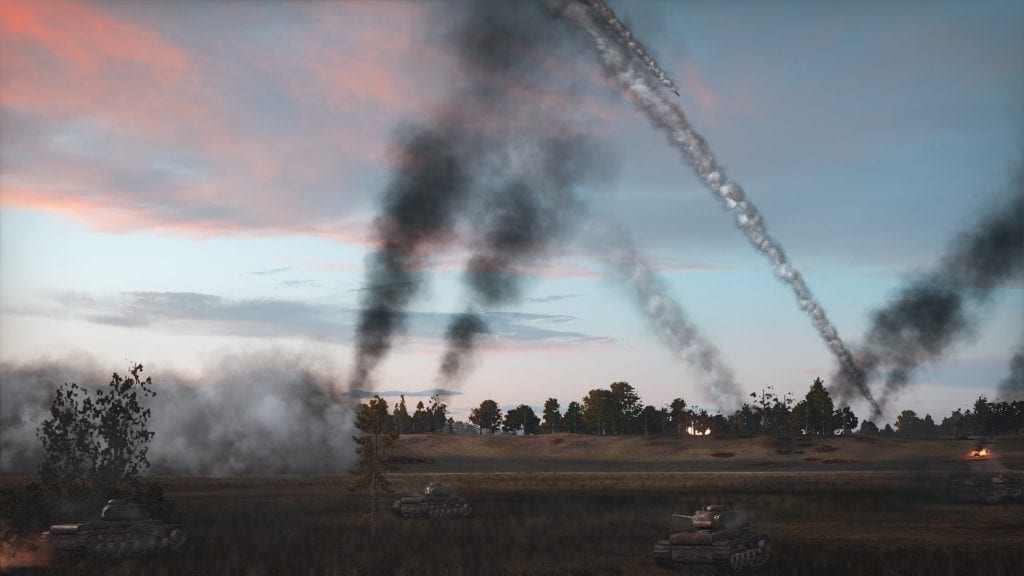
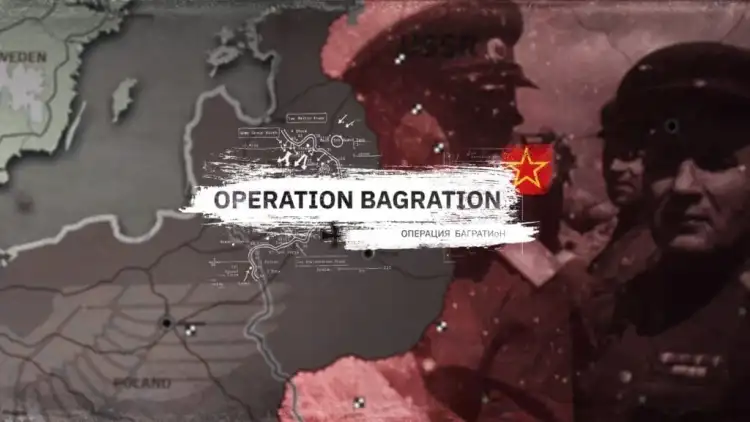
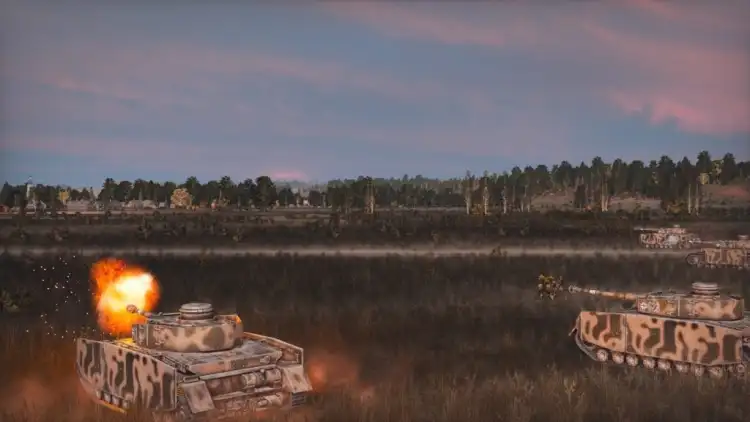
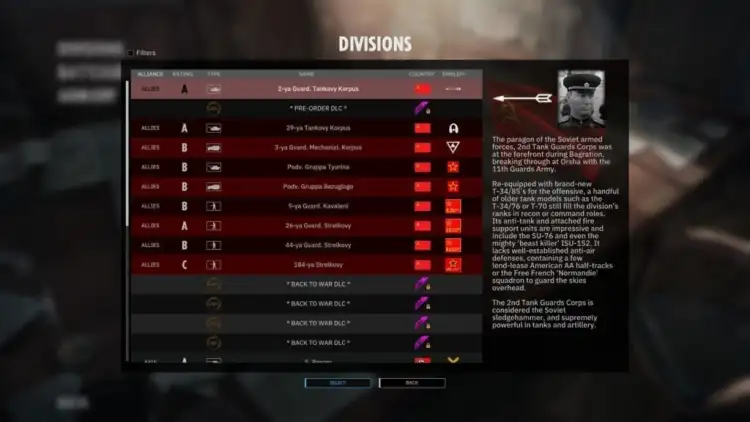
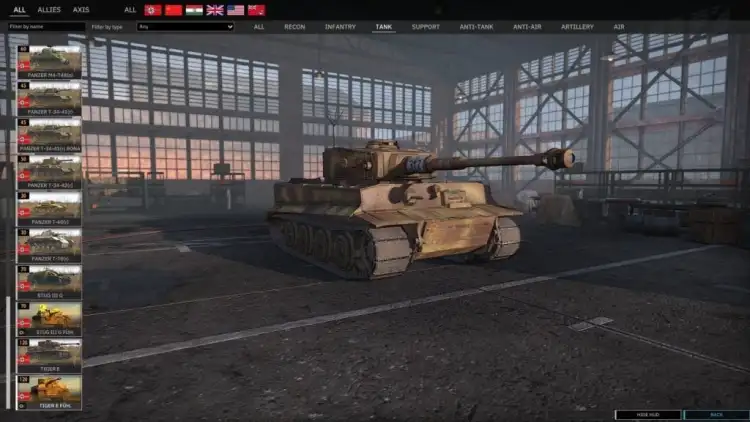
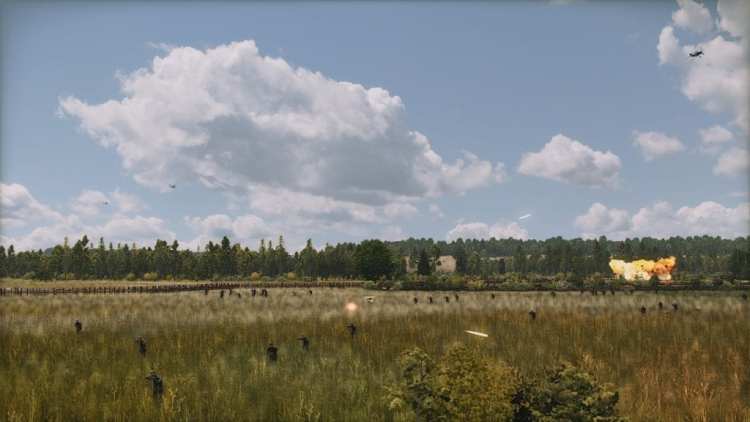
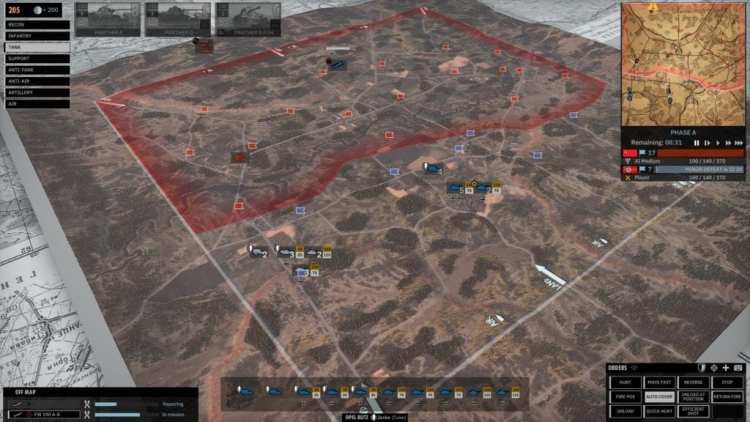
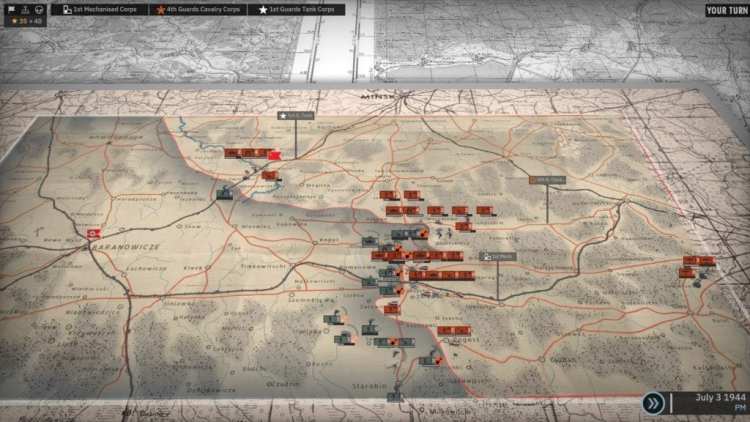



Published: Jun 19, 2019 08:01 pm